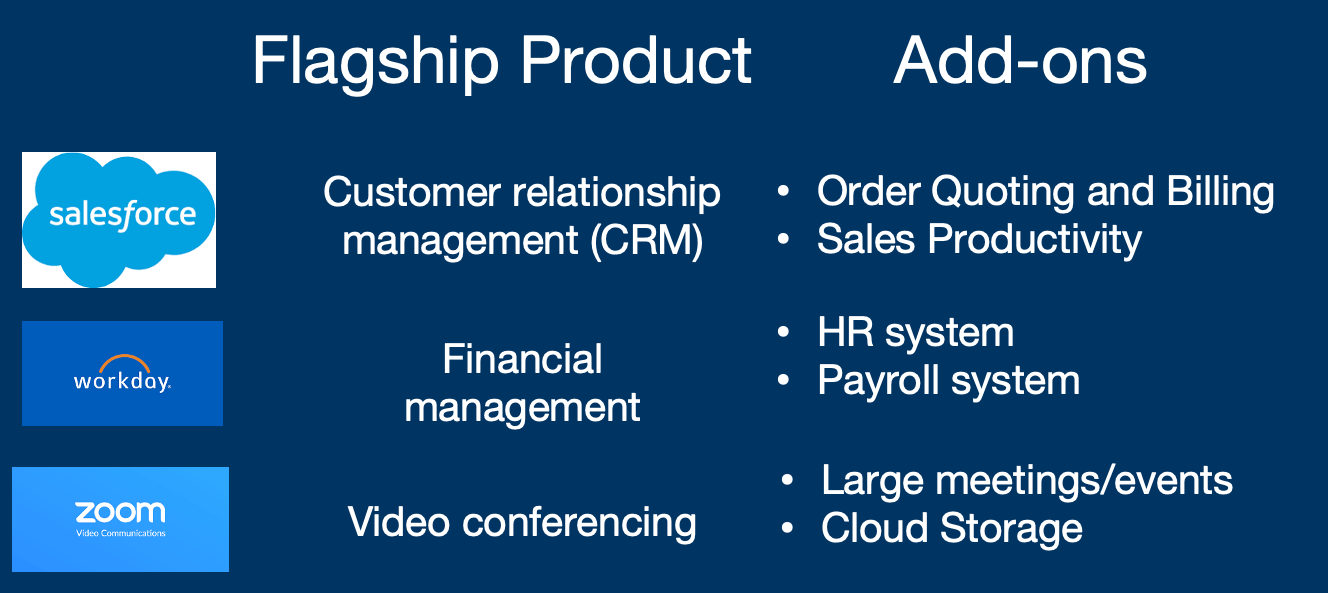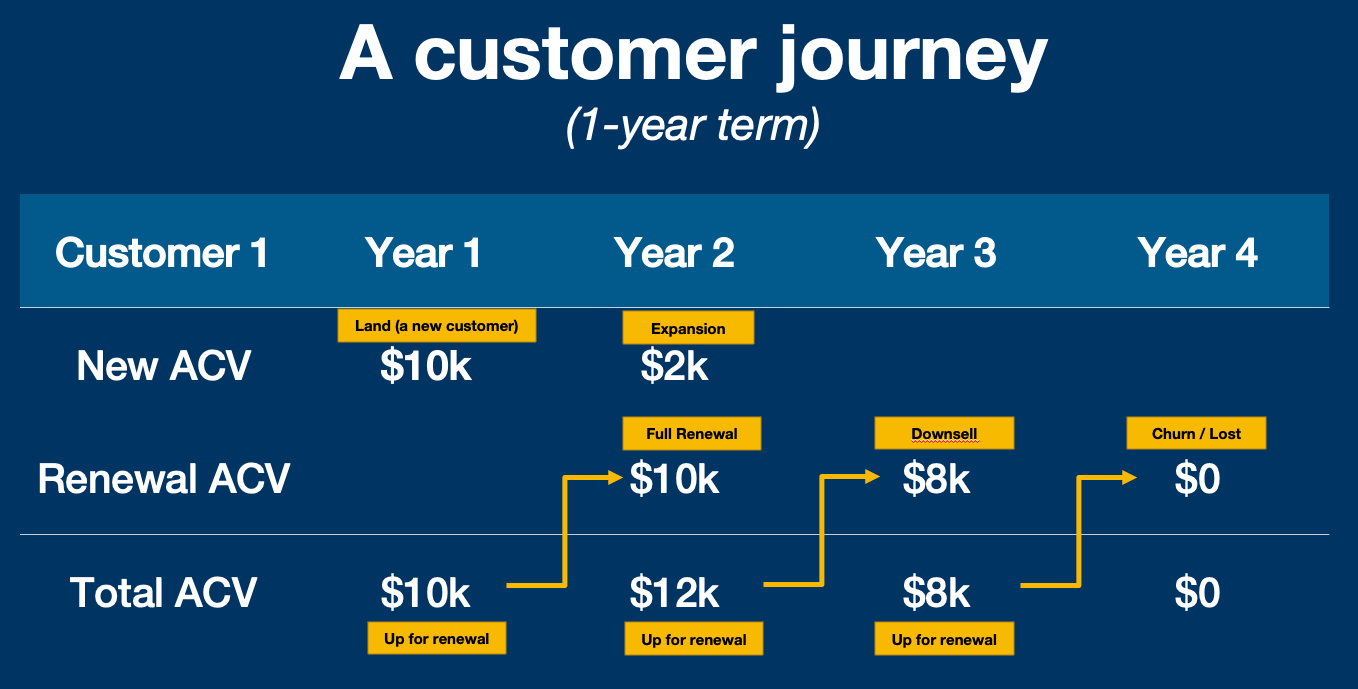SaaS Metrics Fundamentals Course (2021)


For an enterprise SaaS (software-as-a-service) business, bookings are arguably one of the most important metrics that drives everything else. At a high level, bookings translate into billings, cash flow, revenue and ARR, which in turn determine how much the company can afford to invest in research & development (R&D), sales and marketing (S&M) and general and administrative (G&A) functions to fuel further growth. An analysis of a SaaS company’s performance often begins with understanding its bookings trends, momentum and projections.
In this post, we will cover the following:
This post largely focus on enterprise SaaS, but similar concepts apply to other form of SaaS.

Simply put, bookings represent the value of a customer’s financial commitment over a period of time. For more sophisticated enterprise software(e.g. Salesforce), the commitment is usually in the form of a formal contract for over 1 to 3 years; for more lightweight software, the commitment can be a click-through agreement to be charged on a monthly/recurring basis. With a booking, the customer provides cash flow and revenue to a company, and in turn receives the software as a service.
Customers rarely commit to a booking without a bit of a process, sometimes that can take more than a year. It all starts with your sales pipeline, which usually involves a few stages.
To start, there are 3 important data points that come with each SaaS bookings:

Using the above example, a customer signs a $30k TCV bookings. Assuming the payment term is annual upfront payment, the customer is going to pay $10k at the time of contract, another $10k in a year and the last $10k at the end of year 2. With the bookings data, the company has a clear visibility into the amount of cash and revenue from this customer over the next few years.

Bookings matter because due to its forward-looking nature.
This metric basically:
Investors, management and salespeople are, in some shape or form, measured on bookings performance, so all the important people care about it.
Now you have some basic background understanding, let’s go a little deeper and explore a few key dimensions of bookings by:
At the highest level, offers are generally divided into product and service.

Within the product category, most companies typically have a flagship product that most customers would buy. In addition, there are add-on products that supplement the flagship products (usually added as companies expand and build out more functionalities and features). If you look at companies like Salesforce, Workday and Zoom, their product offering (simplified) may look something like this. For a real life example, take a look at Zoom’s pricing page, where you will see their video conferencing “flagship offer” on top, and towards the bottom there are add-on options for “audio plan”, “cloud storage”, “large meetings” and “premier support”

On the other side, Services are usually either:
When you look at the various offers, it is critical to understand which offers are recurring vs. one time in nature. Generally speaking, products are going to be offered as a recurring subscription; professional services are likely to be one-time in nature; and trainings can be recurring or one-time. Here’s an example of how a deal may look like after reshuffling based on recurring vs non-recurring.

Impact of Bookings Types
Bookings Type have a whole of implications, including the following:
Another critical dimension to bookings is through the lens of new vs. renewal. Generally speaking, “new bookings” refer to customers buying something they have not bought before, while “renewal bookings” suggest customer recommitting to what they have previous bought. Here are the some typical scenario.

New Bookings are comprised of:
Renewal bookings can result in one of the following three scenario:
Most of your customers will evolve and may experience all of the above.

Bookings is a critical metric to understand the health of a SaaS Company. There are some complexities around various types of bookings, and customer dynamics around new, expansion, renewal and churn. But in a nutshell, bookings indicate a customer’s financial commitment and are typically measured based on TCV and ACV. Bookings are forward-looking and are thus tracked and monitored closely.
